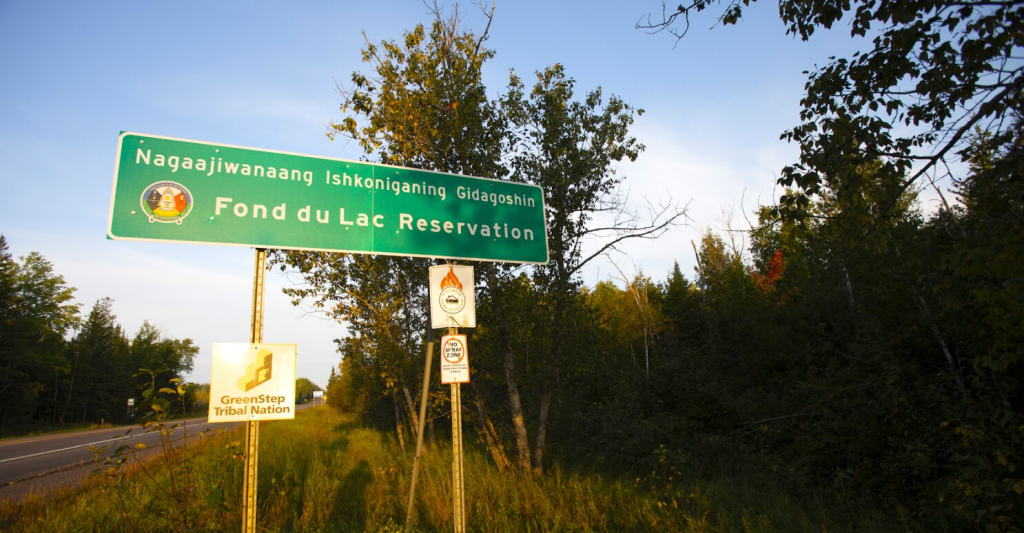Native American communities have a rich cultural heritage that spans centuries. However, the impact of colonization and modernization has caused a significant disconnect between Native Americans and their traditional way of life. This disconnection has had adverse effects on the health and well-being of these communities. In recent years, there has been a growing recognition of the power of restoring Native American cultures as a means to improve health outcomes. The Power of Restoring Native American Cultures for Health Improvement By reclaiming their cultural practices, traditions, and knowledge, Native American communities are finding innovative ways to address the health disparities they face. This article explores the strategies employed by these communities and the positive impact cultural restoration has on their overall health.

The Historical Context
To understand the significance of cultural restoration for Native American health, we must first acknowledge the historical context that has shaped their experiences. Native Americans have endured centuries of colonization, forced assimilation, and the erosion of their cultural practices. These traumatic experiences have had long-lasting effects on their physical, mental, and spiritual well-being. The disruption of traditional diets, loss of land, and the introduction of diseases have contributed to high rates of chronic illnesses, substance abuse, and mental health disorders within these communities.
The Healing Power of Cultural Restoration
Revitalizing Traditional Foods
One of the key components of cultural restoration is the revitalization of traditional foods. Native American diets were once rich in nutrient-dense foods like wild game, fish, fruits, and vegetables. However, the introduction of processed foods and the loss of traditional farming practices have led to a shift towards unhealthy diets. To address this, many Native American communities are reclaiming their traditional food systems. By incorporating traditional foods into their diets, they are not only improving their nutrition but also reconnecting with their cultural heritage.
Case Study: The White Earth Nation’s Food Sovereignty Initiative
The White Earth Nation in Minnesota is a prime example of a community that has embraced the revitalization of traditional foods. Through their Food Sovereignty Initiative, they have reclaimed their ancestral farming practices and established community gardens. These gardens not only provide fresh and nutritious food for the community but also serve as a means to preserve their cultural knowledge and traditions. By reconnecting with their traditional foods, the White Earth Nation is promoting health and wellness among its members.
Cultural Practices for Mental Health
Another important aspect of cultural restoration is the recognition of the healing power of traditional practices for mental health. Native American communities have a deep understanding of the mind-body-spirit connection and the importance of holistic approaches to well-being. By incorporating cultural practices such as storytelling, ceremonies, and traditional healing methods, these communities are finding effective ways to address mental health issues.
Case Study: The Navajo Nation’s Hózhǫǫgi Házhǫǫgo Initiative
The Navajo Nation’s Hózhǫǫgi Házhǫǫgo Initiative is a comprehensive mental wellness program that incorporates traditional practices into mental health services. By integrating Navajo culture and spirituality into therapy sessions, the initiative aims to provide a culturally relevant approach to healing. Through the use of traditional ceremonies, sweat lodges, and talking circles, individuals are able to reconnect with their cultural identity and find healing in a way that aligns with their beliefs and values.

Community Empowerment and Education
Cultural restoration is not just about reclaiming traditions; it is also about empowering Native American communities and educating future generations about their cultural heritage. By providing resources, training, and educational programs, these communities are equipping their members with the knowledge and skills to continue the cultural restoration process.
Tribal Colleges and Universities
Tribal colleges and universities play a crucial role in preserving and promoting Native American cultures. These institutions offer courses and programs that focus on indigenous knowledge, language preservation, and traditional arts. By providing education rooted in their cultural heritage, tribal colleges and universities are empowering Native American students and ensuring the continuity of their traditions.
Cultural Centers and Museums
Cultural centers and museums serve as important spaces for the preservation and celebration of Native American cultures. These institutions provide opportunities for community members to learn about their history, traditions, and artistic expressions. They also serve as platforms for cultural exchange and collaboration, fostering a sense of pride and identity among Native American communities.
Collaborative Partnerships
The restoration of Native American cultures requires collaborative partnerships between communities, organizations, and government agencies. By working together, these stakeholders can pool their resources, expertise, and support to implement effective strategies for cultural restoration and health improvement.
Government Support and Funding
Government agencies play a vital role in supporting cultural restoration initiatives through funding and policy support. By allocating resources to Native American communities, governments can help facilitate the preservation and revitalization of cultural practices. Additionally, policy support can ensure that Native American cultural rights and traditions are protected and respected.
Nonprofit Organizations and Foundations
Nonprofit organizations and foundations also play a crucial role in supporting cultural restoration efforts. These organizations provide funding, technical assistance, and capacity-building support to Native American communities. By partnering with these organizations, communities can access the resources they need to implement their cultural restoration projects effectively.
Conclusion
The restoration of Native American cultures is a powerful tool for addressing the health disparities faced by these communities. By reclaiming their cultural practices, traditions, and knowledge, Native American communities are finding innovative ways to improve their overall health and well-being. Through the revitalization of traditional foods, the incorporation of cultural practices for mental health, community empowerment and education, and collaborative partnerships, these communities are reclaiming their identities and paving the way for a healthier future. As we continue to recognize the importance of cultural restoration, it is essential that we support and uplift Native American communities in their journey towards health and healing.




No comments! Be the first commenter?